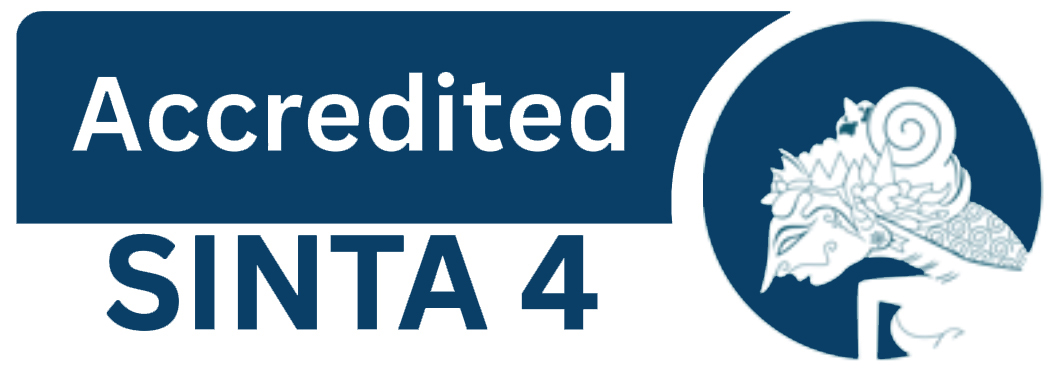MENINGKATKAN HASIL BELAJAR SISWA MELALUI MODEL PROBLEM BASED LEARNING BERBANTUAN MEDIA AUDIO VISUAL
DOI:
https://doi.org/10.22460/p2m.v9i2.2980Keywords:
Keywords, Audio Visual Media, Learning Outcomes, Problem Based Learning.Abstract
Monotonous and conventional learning processes using lecture methods can cause low student learning outcomes. This is evidenced by the reality found at SD 3 Bae Kudus. Student learning outcomes are still low, from 19 students who reached KKM only 10 students (52.6%), while 9 students (47.4%) did not reach KKM. The problem in this research is how to improve teacher teaching skills, student learning activities, and improve student learning outcomes using Problem Based Learning assisted by audio visual media on the theme 1 of the beauty of the togetherness of PPKn and Bahasa Indonesia. The purpose of this study was to improve teacher teaching skills, student learning activities, and student learning outcomes using Problem Based Learning assisted by audio visual medi. This classroom action research will be carried out in the fourth grade of SD 3 Bae Kudus with research subjects of 19 students and teachers which lasted for 2 cycles, each cycle consisting of 2 meetings. The dependent variables in this study are teacher teaching skills, student learning activities, and student learning outcomes, while the independent variables in this study are audio visual media Problem Based Learning models. Data collection techniques include interview techniques, observation, tests, and documentation. Analysis of the data used is analysis of qualitative and quantitative data. The results showed that the learning outcomes of fourth graders at SD 03 Bae Kudus in learning Civics and Indonesian using a problem based learning model assisted by audio-visual media increased from pre-cycle to cycle I and cycle II. This can be proven from the average value of the pre-cycle class which only reached 66.96 with the percentage of classical learning completeness of 44.73%, in the first cycle the average value of the class increased to 71.83 with the percentage of classical learning completeness of 60, 52%, then in the second cycle the average value of the class increased very significantly to 82.75 with a classical completeness percentage of 92.1%. In conclusion, there was an increase in the learning outcomes of fourth graders at SD 03 Bae Kudus using the PBL model assisted by audio-visual media.
Â
Â
References
Anugraheni, 2017. Peningkatan Aktivitas Belajar Matematika Melalui Pendekatan Problem Based Learning badi siswa kelas 4 SD. Jurnal Pendidikan dan Kebudayaan, 7 (3): 34-51.
Hasanah U. & Nulhakim, L. 2015. Pengembangan Media Pembelajaran Film Animasi Sebagai Media Pembelajaran Konsep Fotosintesis. Jurnal Penelitian dan Pembelajaran IPA, 1(1): 91–106.
Mariya, D., Zaenuri, Z., & Pujiastuti, E. 2013. Keefektifan Pembelajaran SAVI Berbantuan Alat Peraga Terhadap Kemampuan Pemecahan Masalah. Unnes Journal Of Mathematics Education, 2(2): 40-47.
Matthew. 2012. “Investigative Primary Science: a Problem Based Learning Approachâ€. Australian Journal of Teacher Education, 36 (9): 35-43.
Samatowa, U. 2011. Pembelajran IPA di Sekolah Dasar. Jakarta: PT Indeks.
Rahmadani, H. & Arrofa, A. 2017. Pengaruh Penerapan Model Pembelajaran Problem Based Learning terhadap Pemahaman Konsep Siswa. Jurnal Sekolah Dasar. 2 (1): 1-9.
Yanti, R., Ahmad A., & Maidiyah, E. 2016. Perkembangan Sosial Emosional Anak yang Menonton Film Animasi di TK Idaman Hati Kecamatan Sawang Aceh Utara. Jurnal Ilmiah Mahasiswa Pendidikan Anak Usia Dini, 1 (1): 76–85.


















